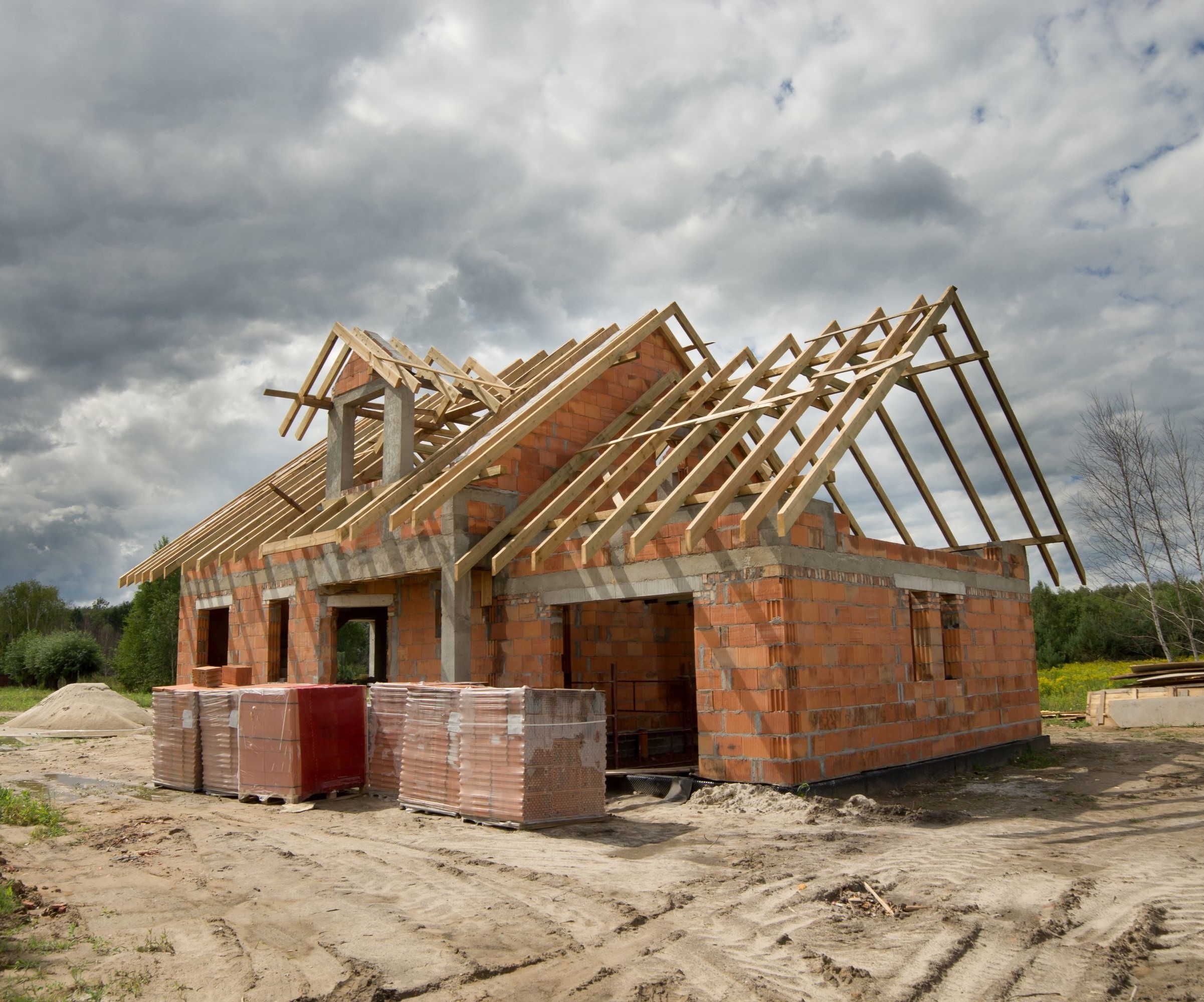A little-known tweak to England’s planning rules could make it easier for small-scale housing projects, including self-builds, to get planning permission.
The government’s proposed “medium-site” category aims to cut red tape for developments between 10 and 49 homes.
While aimed at SME developers, it could also help self-builders and community-led groups unlock land and move faster.
But is this “quiet planning reform” enough to speed up construction and ease the housing crunch?
How ‘medium-site’ planning could open doors for self-builders
Right now, planning law treats any development over 10 homes like a major project, with full Section 106 negotiations, biodiversity assessments, and long consultations.
That can discourage landowners, SMEs, or local councils from supporting small, diversified developments with building plots for sale.
Under a new proposal, the government wants to introduce a “medium-site” threshold (10–49 homes) with lighter requirements and shorter approval times. This could make self-building and custom-building – often stuck between “minor” and “major” categories – more viable and quicker to deliver.
Bring your dream home to life with expert advice, how to guides and design inspiration. Sign up for our newsletter and get two free tickets to a Homebuilding & Renovating Show near you.
In its working paper, the government notes: “We want to make it easier and quicker to deliver small and medium-scale housing developments.”
Why this could matter for plot seekers and custom builders
Many self-builders struggle to find land with planning permission – especially in places where large developers dominate. According to Propertymark, the market has shifted heavily toward large-scale housebuilders:
- Homes on sites of fewer than 10 units have halved since 2010.
- Sites of 500+ homes now make up 38% of England’s housing pipeline.
- SME developers – who often offer plots or custom housing – train 73% of construction apprentices, including trades that support one-off builds.
Propertymark believes this planning reform could rebalance the system. Their Policy & Campaigns Officer Henry Griffith said: “Propertymark fully welcomes any efforts to help the UK Government meet their ambitious target of constructing 1.5 million new homes in England by 2029, which is why helping SMEs is crucial if they are keen on hitting this ambitious aim in less than five years.
“This can only be achieved via a streamlined planning process… and by targeting the Building Safety Levy appropriately.”
For self-builders, the knock-on effect could be more serviced plots reaching planning and more community-led developments getting off the ground.
What still gets in the way of self-build?
While the medium-site category is a welcome shift, it won’t solve every barrier facing self-builders:
- Section 106 agreements still delay many small projects – averaging 515 days, according to the Home Builders Federation.
- Councils often lack the staff or expertise to support self-build schemes, especially in ecology or planning law.
- Biodiversity Net Gain (BNG) rules may still apply to medium sites unless exemptions are clarified, which could complicate smaller builds.
Groups like Propertymark are calling on the government to streamline planning rules, invest in local authority capacity, and ensure planning changes actually reach smaller applicants, not just developers.
For self-builders, this planning reform might seem like a technical tweak, but it could prove quietly transformational.
By making it easier for modest-sized housing schemes to gain approval, the new threshold could unlock more plots, shorten delays, and make self-building more accessible across England.
But to hit the UK’s ambitious housing goals, it will need to be backed by funding, staffing, and strong local implementation.
View the original article and our Inspiration here


Leave a Reply